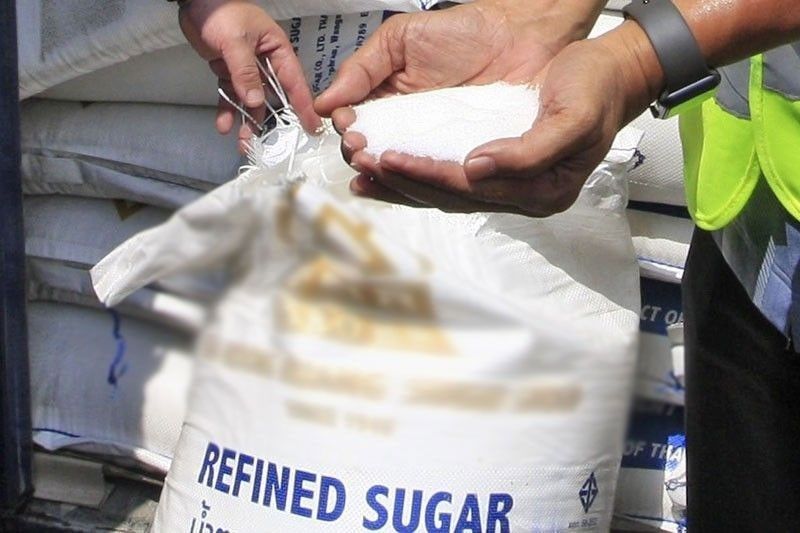Philippines to import less sugar as output improves

MANILA, Philippines — The Philippines is expected to import less sugar during the present crop year as local production is seen improving on the back of better farm management.
According to the US Department of Agriculture-Foreign Agricultural Service, sugar imports for the crop year may reach 200,000 metric tons (MT), down 38 percent from the previous 325,000 MT.
A sugar crop year starts in September and ends in August the following year.
“Sugar imports are set to decline due to substantial ending stocks of refined sugar accumulated in 2019,” USDA said.
The significantly lower imports for the year is also due to the expected two percent increase in total production at 2.19 million MT amid improved sugarcane genetics and farm management.
The Sugar Regulatory Administration reported that it has intensified hybrid seeds and extension programs, focusing on boosting productivity through better farm management practices.
However, raw sugar production may be affected by a likely La Niña as state weather bureau PAGASA issued an alert for Visayas and Mindanao during the last quarter of 2020.
If realized, USDA said the likely impact would be a moderate decline in production.
“Sugarcane area is expected to stay flat as sugar planters continue to face labor shortages and remain cautious about the impact of the liberalization of sugar trade being studied by the government,” USDA said.
Consumption is also expected to increase slightly to 2.35 million MT as the economy continues to recover from the pandemic, with higher demand from industrial and institutional users.
Currently, about 40 percent of raw sugar production goes to refining, with the rest consumed directly as raw or brown sugar.
Further, demand for raw sugar for direct consumption increased by almost 13 percent due to the growth in purchases for home use as a result of the COVID-19 restrictions.
“Stay at home orders, temporary unemployment, and the subsequent drop in purchasing power caused by the lockdowns may have contributed to the uptick in demand for lower priced raw sugar for home consumption, shifting away from the more expensive refined sugar,” USDA said.
- Latest
- Trending
























